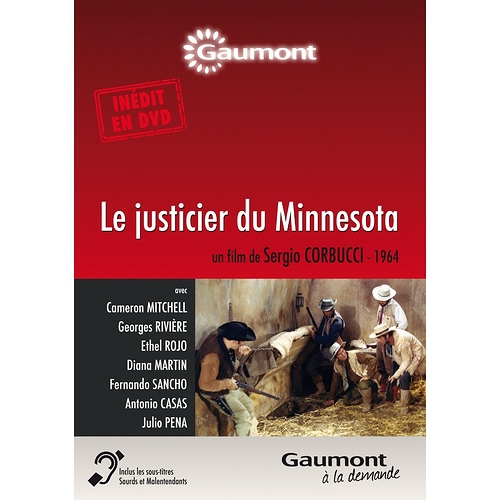@ MrE2Me
American westerns are basically about redemption. The traditional American western hero, is a man who does what a man’s gotta do, out of a sense of duty or righteousness. He often is a man with a shady past - a scoundrel, a man framed for a crime he did not commit, a gunslinger, a hired gun - who redeems himself by helping a community, or a family threatened by a peril they cannot face by themselves. Typical American westerns with redemptive themes are Stagecoach (John Wayne’s Ringo helping the stagecoach passengers who initially look down on him, gaining their respect in the process), Shane or Pale Rider. As a result, the essential unit in the American West, is the community, or – more in general – society. The western hero may be a loner, an outsider, but deep in his heart he’s an insider, therefore he feels he must do his duty for society. Shane helps the poor and nearly defenseless settlers against the ruthless and powerful rancher and his hired killers etc. Traditional American western express a positive feeling about progress: the history of the West, is often seen as the coming of civilization in a savage land. The individual (the outsider) may help, but the real driving force behind this progress, is the community. (Later, more critical western started questioning these ideas: in High Noon the ‘community’ is questioned, in The Wild Bunch or Little Big Man, the idea of ‘history = progress’ is under fire)
Italian westerns are basically about revenge. The hero, or anti-hero is not driven by a sense of duty or righteousness, but by anger. Blood calls for Blood. He’s either a egocentric loner without a real past (No Name), a man who lives in a sort of moral vacuum, or the typical avenger (Django), a man whose family was wiped out when he was far, far away, and who now wants to get even with the murdering scum. The essential unit in the Italian western, therefor is the family, or the clan. The hero or anti-hero really is an outsider, he has some sympathy for some members of the community (especially when they are outsiders, like the Holy Family in Fistful, or the prostitute in Django), but in general he looks down on the community (or society) and its dignitaries (bankers, politicians, even sheriffs).
Early spaghetti western heroes such as Gary O’Hara (One silver Dollar) or Minnesota Clay show characteristics of the Italian western hero (just look how swift they are with the gun), but they also still have a strong sense of duty. The community is very important in One Silver Dollar, and Minnesota Clay is very concerned about his daughter: he redeems himself by helping her and the people she has lived with while he was away.




